Denon DN-108LF Handleiding
Bekijk gratis de handleiding van Denon DN-108LF (24 pagina’s), behorend tot de categorie Speaker. Deze gids werd als nuttig beoordeeld door 13 mensen en kreeg gemiddeld 5.0 sterren uit 7 reviews. Heb je een vraag over Denon DN-108LF of wil je andere gebruikers van dit product iets vragen? Stel een vraag
Pagina 1/24

DN-108LF
User Guide English ( 3 – 6 )
Guía del usuario Español ( 7 – 10 )
Guide d’utilisation Français ( 11 – 14 )
Guida per l’uso Italiano ( 15 – 18 )
Benutzerhandbuch Deutsch ( 19 – 22 )
A
ppendix English ( 23 )


3
User Guide (English)
Introduction
The Denon Professional DN-108LF ceiling subwoofer is designed to deliver exceptionally accurate,
articulate sound while easily meeting commercial requirements for fire-resistance and suitability for multiple
unit installation.
It features a metal “can” rear enclosure, which provides a fire barrier behind the subwoofer to meet local
commercial fire codes. It also serves as the woofer’s enclosure to optimize its bass tuning and low
frequency response. The subwoofer has 70/100-volt transformers to facilitate multiple unit installations
without the impedance and level-matching concerns of paralleled transformerless subwoofers.
The DN-108LF uses a long-excursion 8” (203 mm) non-press paper cone woofer for accurate and powerful
low-frequency reproduction.
These high quality drive units in a tuned reflex enclosure with a precision passive crossover deliver clean,
detailed sound, perfect for music applications, public address demands and business/educational
presentations, while meeting all safety and fire codes as required by commercial venues.
Speaker Break-In
Speakers require a break-in period before they can be safely operated at maximum volume levels. Proper
break-in ensures that the moving parts of the speaker (the cone and cone suspension) are allowed to flex
and soften, loosening the initial stiffness and allowing the speaker to move through its full intended range.
After the break-in period, the speakers will produce richer sounding lows, warmer and smoother sounding
mids, and cleaner highs.
The best way to break-in speakers is to play normal music at moderate volume levels. The amount of time
required for speaker break-in varies based on the operating environment, but is typically between 50-80
hours. It will take somewhat longer in a cold or dry environment and a little less time in a warm or humid
environment.
Note: The break-in period does not have to be continuous.
Speaker Wire Preparation
Before attempting to make any connections it is best to consider the location, get all of the necessary
materials together, and then make all of the connections at once.
First, look at the back of your amplifier or receiver to determine what options it offers for making
connections. Amplifiers and receivers typically employ either 5-way binding posts, spring-loaded terminals,
or push terminals for the speaker connections.
A 5-way binding post can accept bare speaker wire, spade plugs, pin plugs, and banana plugs, while spring
loaded terminals and push terminals can accept either bare speaker wire or pin plugs. Refer to the
documentation that came with your amplifier or receiver to determine the maximum size/gauge speaker wire
the speaker terminals can accept.
DN-205W features push terminals, which can accept pin plugs or bare wire up to 14 AWG. If your amplifier
can accept it, you should use 14 AWG speaker wire. Using pin plugs is highly recommended as it is easier
to connect, no risk of stray wire strands shorting the connections, allows for use of heavier gauge speaker
wire in most cases, and is much easier to identify the polarity from a color coded ring on a plug then from a
subtle marking along the length of a wire.
Because the speaker wires will be run through your walls/ceiling, you must use in-wall rated wire which is
required by fire safety codes. This ensures that the wire jacket will not act as an accelerant in the event of a
fire.
Rather than using fixed length speaker wires, it is best to get a roll and cut the wires to the length you will
need them. This ensures that there is a minimum amount of excess wire. However, even if your amplifier is
off-center, the lengths of wire used for each speaker pair should be identical. This keeps the impedance on
each channel the same, which ensures that the volume levels, frequency ranges, and tonalities are identical.
Any excess wire should be snaked back and forth, not coiled, to avoid creating an inductor/antenna for
stray radio signals.
Product specificaties
| Merk: | Denon |
| Categorie: | Speaker |
| Model: | DN-108LF |
Heb je hulp nodig?
Als je hulp nodig hebt met Denon DN-108LF stel dan hieronder een vraag en andere gebruikers zullen je antwoorden
Handleiding Speaker Denon
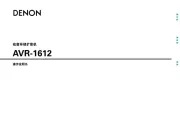
11 Juni 2025
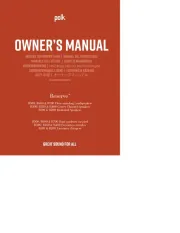
4 December 2024

4 December 2024

4 December 2024
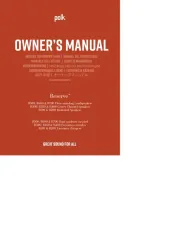
4 December 2024
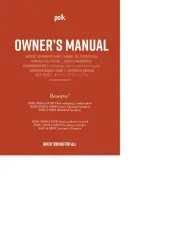
4 December 2024
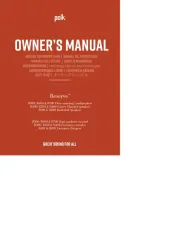
4 December 2024
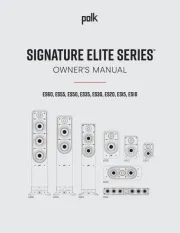
6 September 2024

6 September 2024

6 September 2024
Handleiding Speaker
- Edenwood
- Sencor
- Genius
- SPC
- Strong
- Fanvil
- Finlux
- HEDD
- LaCie
- Audiovox
- Califone
- Speakal
- Avid
- Louroe Electronics
- Audiotec Fischer
Nieuwste handleidingen voor Speaker
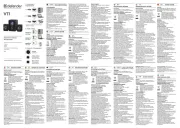
16 September 2025

16 September 2025

16 September 2025
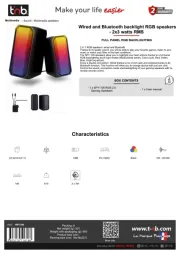
15 September 2025

15 September 2025

15 September 2025

15 September 2025

15 September 2025

15 September 2025

15 September 2025